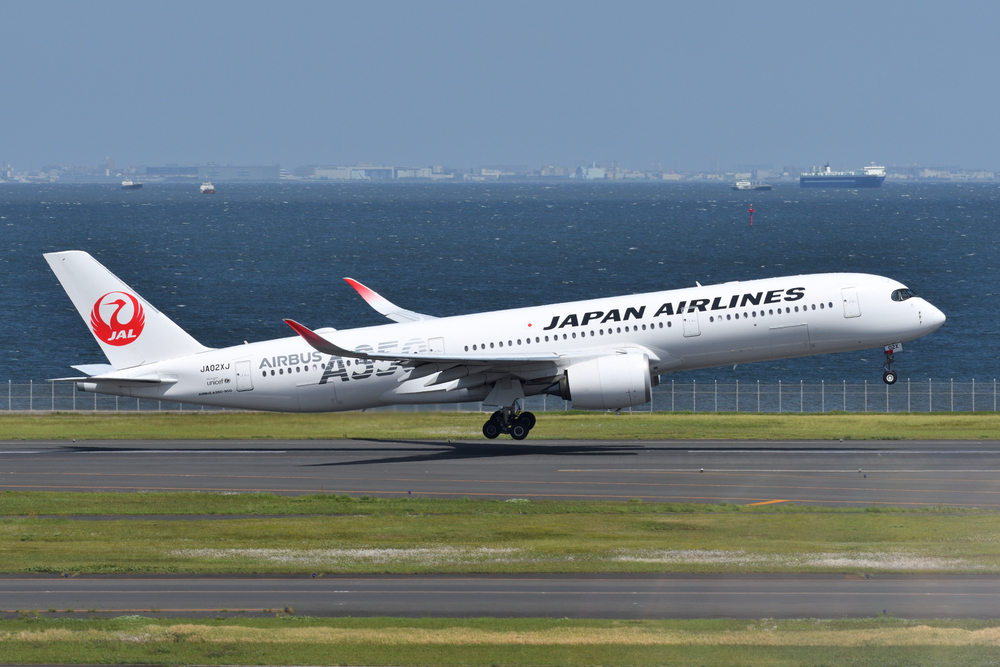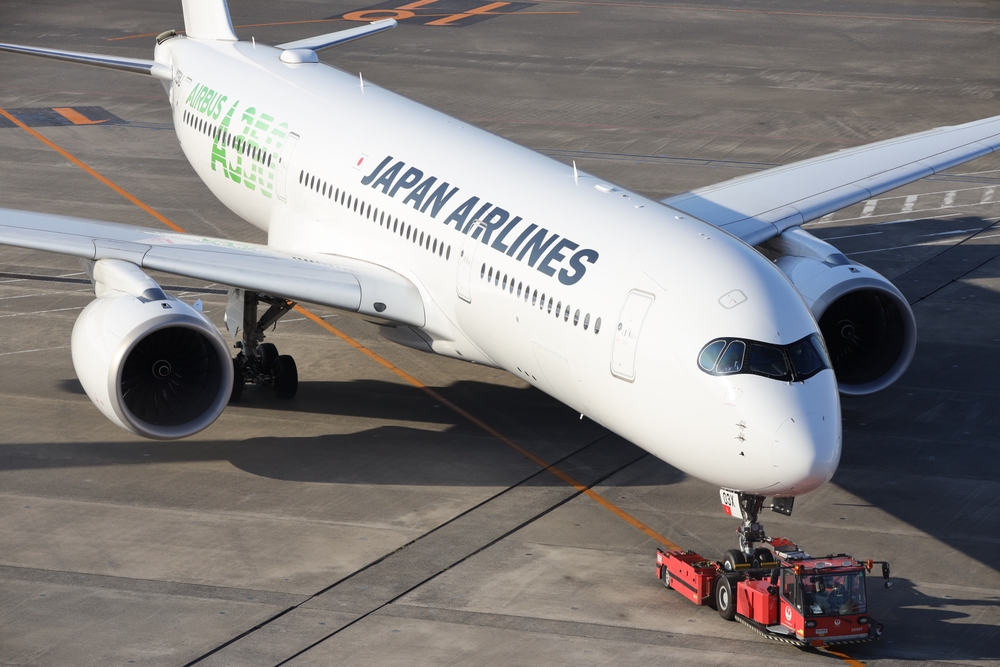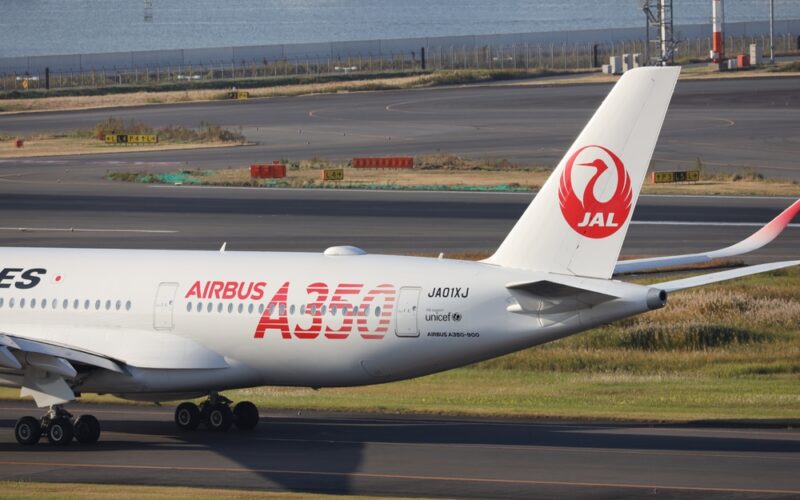The accident in Tokyo on January 2, 2024, involving an Airbus A350 operated by Japan Airlines marked the first hull loss of the type for both the manufacturer and the global airline industry. Nonetheless, the aircraft has had an exceptional commercial service history to date, with over 564 examples of the type currently flying for carriers worldwide.
Since its first flight on June 14, 2013, the Airbus A350 has become a significant success story in the long-haul wide-bodied commercial passenger aircraft market. It entered commercial service in July 2015, with Qatar Airways being the launch customer of the type, and today it competes for orders with the likes of Boeing’s 787 Dreamliner and the 777 family of aircraft.
Additionally, with a cargo variant being developed, there is a good chance that the A350 will capture a foothold in the dedicated freighter market in the near future.
The A350 currently comes in two variants – the shorter A350-900 and the slightly larger A350-1000. According to the aircraft database at ch-aviation, there are currently 485 A350-900s in commercial service with 35 airlines worldwide, with a further 375 on order.
Of the higher capacity A350-1000, there are currently 81 of the type in service with nine operators, plus a further 159 on order. The A350-900 can seat up to 440 passengers whereas the -1000 can seat up to 488.

Japan Airlines’ history with the Airbus A350 has been relatively short. Its first aircraft of the type, an A350-900 with registration JA01XJ, was delivered to the airline in June 2019. The carrier currently operates 15 A350-900, following the loss of the aircraft in Tokyo. The airline also took delivery of its first A350-1000 in December 2023, as covered by AeroTime.
The specific aircraft involved in the accident, carrying registration JA13XJ, was delivered to the airline on November 10, 2021, and was powered by a pair of Rolls-Royce Trent XWB-84 engines. The aircraft seated 369 passengers in a three-class layout (12 in business class, 94 in premium economy, and 263 in economy).
The carrier currently has a further two A350-900s on order, plus another 12 A350-1000s to be delivered following the airline receiving its first of the longer variant.

The accident involving JA13XJ and a Japan Coast Guard De Havilland Dash 8 occurred as the A350 operating flight JL516 was landing at Tokyo Haneda Airport (HND) following a domestic flight from Sapporo (CTS).
All 367 passengers and 12 crew onboard the A350 evacuated safely. However, five of the six individuals onboard the Coast Guard turboprop were confirmed to have died in the crash. The commander of the smaller plane reportedly survived the accident.
In accordance with standard international practice, aircraft manufacturer Airbus has dispatched a team of A350 specialists to assist the Japanese authorities with the investigation into the loss of JA13XJ operating flight JL516.
Flight JL516 according to Japan Airlines
According to a Japan Airlines statement, after departing from New Chitose Airport at 16:15 on January 2, the aircraft landed at Haneda Airport Runway C at 17:47. The aircraft subsequently collided with a Japan Coast Guard aircraft and caught fire. All passengers and crew members on the flight successfully performed an emergency evacuation.
According to the airline, “the aircraft did not experience any issues or irregularities during its departure from New Chitose Airport or throughout the flight. According to interviews with the operating crew, they acknowledged and repeated the landing permission from air traffic control, and then proceeded with the approach and landing procedures.
“The aircraft’s announcement system malfunctioned during the evacuation, so cabin crew members conducted instructions using a megaphone and their voices. Cabin crew members determined safe exits for evacuation, and all passengers and crew members evacuated through three emergency exits.
“Currently, detailed information and the cause of the accident are under investigation, and full cooperation with the investigation will be provided.”
What is Airbus saying about the accident?
Following the accident, Airbus issued the following statement:
“Airbus regrets to confirm that an A350-900 operated by Japan Airlines was involved in an accident during flight JAL516 from Sapporo New Chitose Airport to Haneda International Airport shortly after 17:47 (local time) on January 2, 2024. All 367 passengers and 12 crew members on board evacuated the aircraft.
“In line with International Civil Aviation Organization (ICAO) Annex 13 recommendations, Airbus will provide technical assistance to the Bureau d’Enquêtes et d’Analyses (BEA) of France and the Japan Transport Safety Board (JTSB) in charge of the investigation. For this purpose, Airbus is presently dispatching a team of specialists to assist the Authorities.”
Although an interim report on the accident may be issued in the coming weeks, it is likely to be many months before the final accident report is published.

